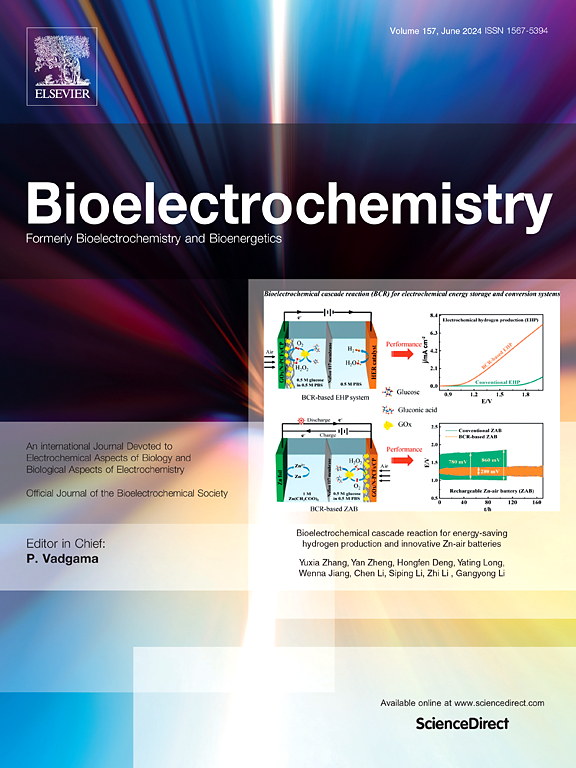Transcriptomic analysis of rat prefrontal cortex following chronic stress induced by social isolation – Relevance to psychiatric and neurodevelopmental illness, and implications for treatment
IF 3.6
2区 医学
Q1 NEUROSCIENCES
引用次数: 0
Abstract
Social isolation is an established risk factor for psychiatric illness, and became increasingly topical with the spread of SARS-CoV-2. We used RNA sequencing (RNA-Seq) to enable unbiased assessment of transcriptomic changes within the prefrontal cortex (PFC) of isolation-reared rats. To provide insight into the relevance of this manipulation for studying human illness, we compared differentially expressed genes (DEGs) and enriched biological functions against datasets involving post-mortem frontal cortical tissue from patients with psychiatric and neurodevelopmental illnesses. Sixteen male Sprague-Dawley rats were reared in groups of four or individually from weaning on postnatal day (PND) 22–24 until PFC tissue collection for RNA-Seq (PND64-66). We identified a total of 183 DEGs in isolates, of which 128 mirrored those in PFC tissue from patients with stress-related mental illnesses and/or neurodevelopmental conditions featuring social deficits. Seventy-one encode proteins classed as druggable by the gene-drug interaction database. Interestingly there are antagonists or inhibitors for the products of three of these up-regulated DEGs (Hrh3, Snca and Sod1) and agonists or activators for products of six of these down-regulated DEGs (Chrm4, Klf2, Lrrk2, Nr4a1, Nr4a3 and Prkca). Some have already undergone pre-clinical and clinical evaluation, and studies with the remainder may be warranted. Changes to Hrh3, Sod1, Chrm4, Lrrk2, Nr4a1 and Prkca were replicated in an independent cohort of sixteen male Sprague-Dawley rats via quantitative reverse transcription polymerase chain reaction (qRT-PCR). Our findings support the continued use of post-weaning isolation rearing to investigate the neurobiology of stress-related disorders and evaluate therapeutic targets.
社会隔离诱发慢性压力后大鼠前额叶皮层的转录组分析--与精神病和神经发育疾病的相关性以及对治疗的影响
社会隔离是导致精神疾病的一个既定风险因素,随着SARS-CoV-2的传播,这一问题日益受到关注。我们利用 RNA 测序(RNA-Seq)技术对隔离饲养大鼠前额叶皮层(PFC)的转录组变化进行了无偏见的评估。为了深入了解这种操作对研究人类疾病的意义,我们将差异表达基因(DEGs)和富集的生物功能与精神疾病和神经发育疾病患者的死后额叶皮层组织数据集进行了比较。16只雄性Sprague-Dawley大鼠从出生后第22-24天断奶到收集额叶皮质组织进行RNA-Seq分析(第64-66天)期间,每4只一组或单独饲养。我们在分离物中共鉴定出 183 个 DEGs,其中 128 个与压力相关精神疾病和/或具有社交缺陷的神经发育状况患者的 PFC 组织中的 DEGs 一致。71个编码蛋白被基因-药物相互作用数据库归类为可药用蛋白。有趣的是,其中三个上调 DEGs(Hrh3、Snca 和 Sod1)的产物有拮抗剂或抑制剂,六个下调 DEGs(Chrm4、Klf2、Lrrk2、Nr4a1、Nr4a3 和 Prkca)的产物有激动剂或激活剂。其中一些已经进行了临床前和临床评估,其余的可能需要进行研究。通过定量反转录聚合酶链反应 (qRT-PCR),Hrh3、Sod1、Chrm4、Lrrk2、Nr4a1 和 Prkca 的变化在十六只雄性 Sprague-Dawley 大鼠的独立队列中得到了复制。我们的研究结果支持继续使用断奶后隔离饲养来研究应激相关疾病的神经生物学并评估治疗目标。
本文章由计算机程序翻译,如有差异,请以英文原文为准。
求助全文
约1分钟内获得全文
求助全文
来源期刊

Neurobiology of Stress
Biochemistry, Genetics and Molecular Biology-Biochemistry
CiteScore
9.40
自引率
4.00%
发文量
74
审稿时长
48 days
期刊介绍:
Neurobiology of Stress is a multidisciplinary journal for the publication of original research and review articles on basic, translational and clinical research into stress and related disorders. It will focus on the impact of stress on the brain from cellular to behavioral functions and stress-related neuropsychiatric disorders (such as depression, trauma and anxiety). The translation of basic research findings into real-world applications will be a key aim of the journal.
Basic, translational and clinical research on the following topics as they relate to stress will be covered:
Molecular substrates and cell signaling,
Genetics and epigenetics,
Stress circuitry,
Structural and physiological plasticity,
Developmental Aspects,
Laboratory models of stress,
Neuroinflammation and pathology,
Memory and Cognition,
Motivational Processes,
Fear and Anxiety,
Stress-related neuropsychiatric disorders (including depression, PTSD, substance abuse),
Neuropsychopharmacology.
 求助内容:
求助内容: 应助结果提醒方式:
应助结果提醒方式:


